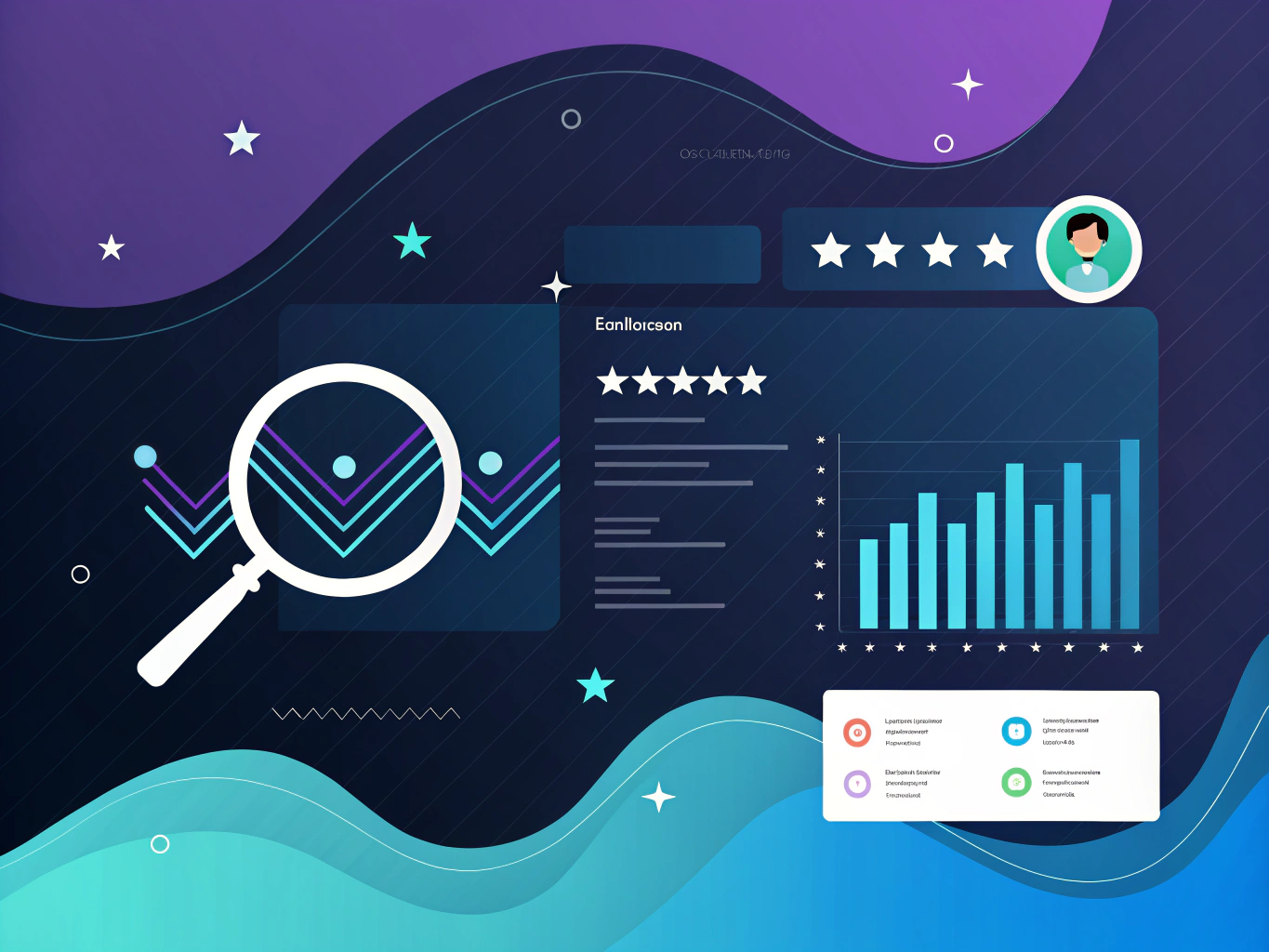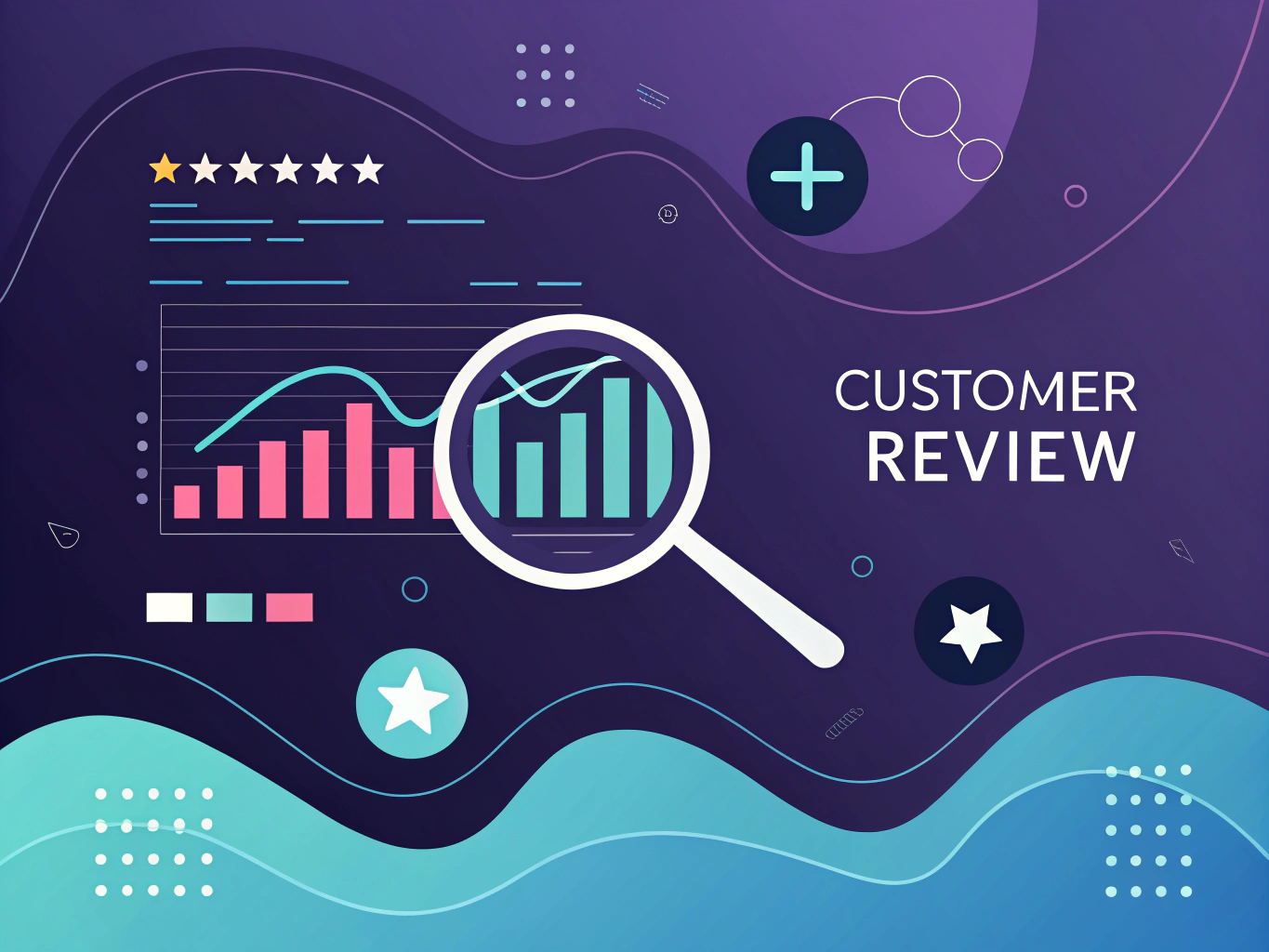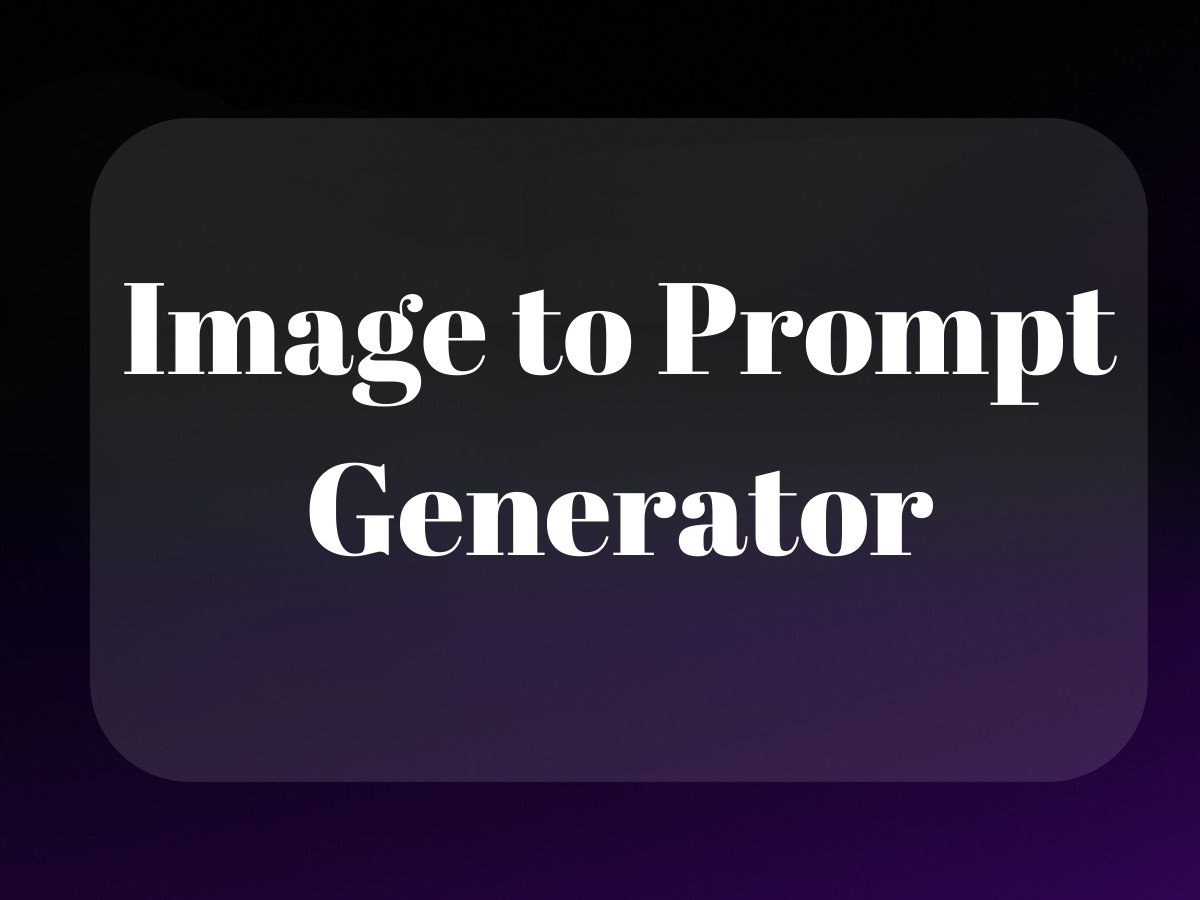Let’s talk about something that’s simultaneously the most overrated and underrated aspect of running an ecommerce business: customer reviews. Yeah, I know what you’re thinking – “Jake, everyone knows reviews matter.” But here’s the thing: while most brands obsess over star ratings and reply templates, they’re missing the goldmine of intelligence hiding in plain sight.

I’ve spent the last decade helping brands leverage AI for growth, and I can tell you that proper customer review analysis is like having a 24/7 focus group combined with a crystal ball. Yet most companies treat it like a PR exercise – respond quickly, damage control, rinse and repeat.
The gap between how brands currently handle reviews and the actual potential of systematic review analysis isn’t just wide – it’s Grand Canyon wide. And it’s costing them millions in missed opportunities.
Understanding Customer Review Analysis: Beyond the Stars

Customer review analysis isn’t just about tracking your average rating or counting negative feedback. It’s a systematic approach to extracting actionable intelligence from what your customers are actually telling you. Think of it as corporate telepathy – but instead of reading minds, you’re reading patterns.
The evolution of review analysis has been fascinating to watch. We’ve gone from manually scanning comments for red flags to using sophisticated AI that can detect sentiment nuances, identify emerging trends, and even predict future customer behavior patterns. It’s like having thousands of mini-focus groups running 24/7, except these customers are being completely honest because they don’t know they’re being studied.
The Strategic Value Most Brands Miss
Here’s a mind-bending stat for you: According to our research at ProductScope, only 12% of brands systematically analyze their customer reviews beyond surface-level metrics. Yet those that do report an average 23% increase in customer lifetime value. That’s not just correlation – it’s causation.
Why? Because proper review analysis isn’t just about damage control – it’s about understanding the subtle signals that predict where your market is heading. It’s like having a time machine for your business, but instead of plutonium, it runs on customer feedback.
The ROI of Getting Review Analysis Right
Let me share a quick case study that might blow your mind. One of our clients, a mid-sized beauty brand, was struggling with customer retention despite solid product ratings. Through deep review analysis, we discovered something fascinating: while customers loved their products, they were consistently mentioning confusion about usage order in their routines – not as a complaint, but as an aside.
This wasn’t showing up in their customer service tickets or affecting their ratings. But by analyzing review patterns, we identified this hidden friction point. After implementing clear routine guides and updating their packaging, their repurchase rate jumped 34% in three months. The cost of the analysis and changes? Less than one month’s advertising budget.
Creating a Feedback Analytics Framework
The key to effective customer review analysis isn’t just having the right tools – it’s having the right framework. Think of it like a funnel, but in reverse. You start with the broad mass of feedback and systematically distill it into actionable insights.
Here’s where most brands get it wrong: they focus on the extremes – the five-star raves and the one-star rants. But the real gold often lies in those three and four-star reviews where satisfied customers casually mention things that could be better. These are your product development roadmap, gift-wrapped by your customers.
Sentiment Analysis: Beyond Positive and Negative
Modern sentiment analysis is like having an emotional intelligence expert read every single review. It’s not just about categorizing feedback as positive or negative – it’s about understanding the nuances. Are customers excited but confused? Satisfied but not delighted? Angry about one aspect but loyal because of another?
Using advanced NLP (Natural Language Processing) and machine learning, we can now detect subtle emotional undertones that human analysts might miss. It’s like having a psychological x-ray machine for your customer feedback.
Turning Review Insights into Action
The real magic happens when you start connecting these insights to specific business decisions. It’s not enough to know what customers are saying – you need to know what to do about it. This is where having a systematic approach to review analysis becomes crucial.
Think of it like this: every review is a piece of a puzzle. Individual pieces might not tell you much, but when you properly analyze and arrange thousands of them, patterns emerge that can transform your business. The trick is knowing how to spot these patterns and, more importantly, how to act on them.
Understanding the influence of reviews on sales is crucial, especially as outlined in this study on online reviews. When you leverage these insights, you’re not just guessing what your customers want – you’re basing decisions on solid data.
The Strategic Value of Customer Review Analysis

Let’s get real about something: customer reviews aren’t just digital word-of-mouth anymore. They’re literally the DNA of your brand’s online presence. And if you’re not analyzing them systematically? You’re basically running your business blindfolded.
I’ve seen countless ecommerce brands treat review analysis like it’s optional – something to get around to “when they have time.” But here’s the thing: in an age where AI can process thousands of reviews in seconds, not leveraging this goldmine of customer feedback isn’t just lazy – it’s potentially fatal for your business.
Measurable Business Benefits
The ROI on proper customer review analysis is kind of mind-blowing. One of our clients at ProductScope AI saw a 32% increase in conversion rates after implementing systematic review analysis – not because they got more reviews, but because they finally understood what their customers were actually saying.
Think about it: every review is essentially a free consultation from your customers. They’re telling you exactly what works, what doesn’t, and – if you’re paying attention – what they wish you’d do differently. It’s like having thousands of product advisors working for you 24/7.
Brand Reputation Enhancement
You know what’s fascinating about brand reputation? It’s not built on perfect 5-star reviews (those can actually hurt credibility). It’s built on how you handle the not-so-great ones. Through analyzing patterns in negative feedback, you can transform potential brand disasters into opportunities for showing your human side.
I recently watched a D2C beauty brand turn their biggest critic into their most vocal advocate – all because they used review analysis to identify a recurring issue with their packaging and fixed it while keeping the customer in the loop. That’s the power of actually listening to your feedback.
Customer Experience Optimization
Here’s where things get really interesting. Modern customer feedback analysis tools (especially those powered by LLMs) can identify experience gaps you didn’t even know existed. It’s like having an AI intern who reads every single review and spots patterns human eyes might miss.
For instance, we discovered through analyzing thousands of reviews that customers often mention product features in ways completely different from how brands describe them. This disconnect between “company speak” and “customer speak” is a huge opportunity for optimization.
By understanding these nuances, as discussed in this insightful article on review analysis, brands can refine their messaging and improve customer satisfaction.
Comprehensive Methodologies for Review Analysis
Manual Analysis Techniques
Don’t let anyone tell you manual review analysis is dead. Even with all our fancy AI tools, there’s still immense value in having human eyes on your reviews. The key is knowing when to use manual analysis and when to automate.
The best approach? Use manual analysis for deep-diving into complex feedback patterns where context is crucial. Save the automated tools for processing high-volume, straightforward feedback that follows predictable patterns.
Advanced Automated Solutions
This is where things get sci-fi cool. Modern NLP platforms can now understand context, sarcasm, and even emoji sentiment in reviews. But here’s the catch – they’re not perfect. They’re more like really smart assistants who occasionally need human supervision to stay on track.
The real magic happens when you combine different types of analysis tools. Think of it as building your own review analysis ecosystem: sentiment analysis for the broad strokes, topic modeling for the details, and entity extraction for the specifics.
Sentiment Analysis Depth and Nuance
Remember when sentiment analysis was just “positive,” “negative,” or “neutral”? Those days are long gone. Modern tools can detect everything from mild disappointment to absolute delight, and all the subtle emotions in between.
But here’s what’s really cool: the latest LLMs can now understand context-dependent sentiment. A phrase like “this product is sick!” means something very different in a streetwear review versus a food review. And yes, our AI can tell the difference.
Multi-Channel Review Integration
Your customers aren’t just leaving reviews on your website. They’re on Amazon, social media, review sites, and probably platforms you haven’t even heard of yet. The trick isn’t just collecting all this feedback – it’s making sense of it.
Think of multi-channel review integration like assembling a puzzle. Each platform gives you a piece, but you need all of them to see the complete picture. And yes, some pieces matter more than others (looking at you, verified purchase reviews).
The real challenge? Making all these different data sources play nice together. It’s not just about aggregating reviews – it’s about normalizing the data so you can actually compare apples to apples. This is where having the right tools becomes crucial.
In my experience, the brands that win at customer review analysis are the ones who treat it like a core business function, not an afterthought. They’re the ones who understand that every review, every comment, every piece of feedback is a potential goldmine of insights waiting to be discovered.
Advanced Implementation Strategies for Customer Review Analysis
Let’s face it – most businesses are drowning in customer feedback data while simultaneously starving for actual insights. It’s like having a library full of books but no idea how to read. The gap between collecting reviews and turning them into business-changing decisions is where most companies get stuck.
I’ve seen countless ecommerce brands implement fancy AI tools for review analysis, only to end up with prettier charts showing the same surface-level insights they had before. The real magic happens when you combine technological capability with human intuition – kind of like having an AI co-pilot rather than putting the whole plane on autopilot.
Creating Action-Driven Feedback Loops
Think of customer review analysis like a GPS system for your business. It’s not enough to know where you are – you need to know where to go next. The most successful brands I’ve worked with treat review insights as living documents, not static reports.
Here’s what that looks like in practice:
- Weekly review trend analysis meetings where insights directly influence product decisions
- Automated sentiment tracking that triggers immediate action when negative patterns emerge
- Cross-functional teams that can quickly mobilize around customer pain points
The Human Element in Automated Analysis
Here’s where things get interesting – and where most companies get it wrong. They treat AI-powered review analysis like a magic box that spits out perfect insights. But AI is more like an intern with incredible pattern recognition skills and questionable judgment. You need human oversight to make sense of the patterns it spots.
I recently worked with a beauty brand that was getting conflicting signals from their review analysis tool. The AI flagged “strong scent” as a negative trend, but deeper human analysis revealed that customers actually loved the fragrance – they just wanted more transparency about it in the product description.
For an in-depth understanding of the psychological aspects of customer feedback, you can explore this journal article on psychology.
Measuring Impact of Customer Review Analysis

Let’s talk ROI – because at the end of the day, that’s what matters to your bottom line. The brands seeing the biggest returns from their review analysis programs share three key characteristics:
- They track both leading and lagging indicators
- They measure impact across multiple business units
- They understand that some benefits aren’t immediately quantifiable
Key Performance Metrics That Actually Matter
Stop obsessing over star ratings – they’re about as useful as judging a book by its cover. Instead, focus on metrics that tell you something actionable:
- Customer Retention Delta: How does behavior change after feedback is addressed?
- Feature Adoption Rates: Are customers using the improvements you’ve made?
- Support Ticket Reduction: Are you preventing problems before they happen?
Future-Proofing Your Review Analysis Strategy
The landscape of customer feedback is changing faster than AI can generate mediocre poetry. Voice reviews, video feedback, and augmented reality experiences are already starting to supplement traditional text reviews. Your analysis strategy needs to be ready for this shift.
Emerging Technologies and Methodologies
The next wave of review analysis tools will leverage multimodal AI – systems that can understand context across text, image, and video. We’re already seeing early examples with tools that can analyze customer video reviews for emotional sentiment and body language cues.
But here’s the thing about new technology: it’s not about having the latest shiny tool. It’s about having the right tool for your specific needs. Sometimes that might mean sticking with simpler solutions that your team can actually use effectively.
Building a Sustainable Review Analysis Framework
The most sustainable approach to customer review analysis isn’t about chasing the latest tech – it’s about building a framework that can evolve. Think of it like building with LEGO blocks instead of carving a statue. You want to be able to reconfigure and adapt as your needs change.
Remember: the goal isn’t to analyze every single review perfectly. It’s to consistently extract actionable insights that move your business forward. Sometimes that means accepting good enough over perfect, and that’s okay.
Final Thoughts on the Future of Customer Feedback
We’re entering an era where customer feedback will be more immediate, more immersive, and more integrated into every aspect of business operations. The companies that thrive won’t be the ones with the most sophisticated analysis tools – they’ll be the ones that best combine technological capabilities with human insight.
The future of customer review analysis isn’t about replacing human judgment with AI. It’s about augmenting human capabilities with AI assistance. Think of it as giving your team superpowers, not replacing them with robots.
As you build out your own review analysis strategy, remember that the best approach is often the one your team will actually use consistently. Start small, focus on actionable insights, and build from there. The future of customer feedback is exciting – but only if we keep it human-centered.
Related Articles:
- The Impact of Customer Reviews on Your Amazon Product Listings
- Amazon Review Analysis Tool Comparison & Buyer Guide
- Amazon Analytics Tools for Sellers – ProductScope
Frequently Asked Questions
What is customer review analysis?
Customer review analysis is the process of examining customer feedback from reviews to gain insights into consumer sentiments, preferences, and experiences. This analysis often involves using tools like sentiment analysis, text mining, and natural language processing to discern patterns and trends. By understanding these insights, businesses can improve their products, services, and customer satisfaction.
What is customer feedback analysis?
Customer feedback analysis involves collecting and evaluating feedback from various channels such as surveys, reviews, and social media. The goal is to understand customer needs, expectations, and experiences to enhance products and services. This analysis helps companies to identify strengths and weaknesses in their offerings and to make informed decisions for improvement.
What is an example of customer analysis?
An example of customer analysis is segmenting a customer base by demographics and purchasing behavior to tailor marketing strategies. For instance, a retail company might analyze customer data to identify high-value segments and target them with personalized promotions. This helps in maximizing marketing efficiency and enhancing customer engagement.
What is customer value analysis?
Customer value analysis is the process of determining the perceived value of a product or service from the perspective of the customer. It involves analyzing customer preferences, the benefits they receive, and the costs they incur. This analysis enables businesses to strategically adjust their offerings and pricing to better meet customer needs and increase loyalty.
What is the purpose of customer reviews?
The purpose of customer reviews is to provide feedback on products or services based on personal experiences, aiding other potential buyers in making informed decisions. Reviews serve as a valuable source of information for businesses to assess customer satisfaction and identify areas for improvement. They also enhance transparency and trust between businesses and consumers.
About the Author
Vijay Jacob is the founder and chief contributing writer for ProductScope AI focused on storytelling in AI and tech. You can follow him on X and LinkedIn, and ProductScope AI on X and on LinkedIn.
We’re also building a powerful AI Studio for Brands & Creators to sell smarter and faster with AI. With PS Studio you can generate AI Images, AI Videos, Blog Post Generator and Automate repeat writing with AI Agents that can produce content in your voice and tone all in one place. If you sell on Amazon you can even optimize your Amazon Product Listings or get unique customer insights with PS Optimize.
🎁 Limited time Bonus: I put together an exclusive welcome gift called the “Formula,” which includes all of my free checklists (from SEO to Image Design to content creation at scale), including the top AI agents, and ways to scale your brand & content strategy today. Sign up free to get 200 PS Studio credits on us, and as a bonus, you will receive the “formula” via email as a thank you for your time.




